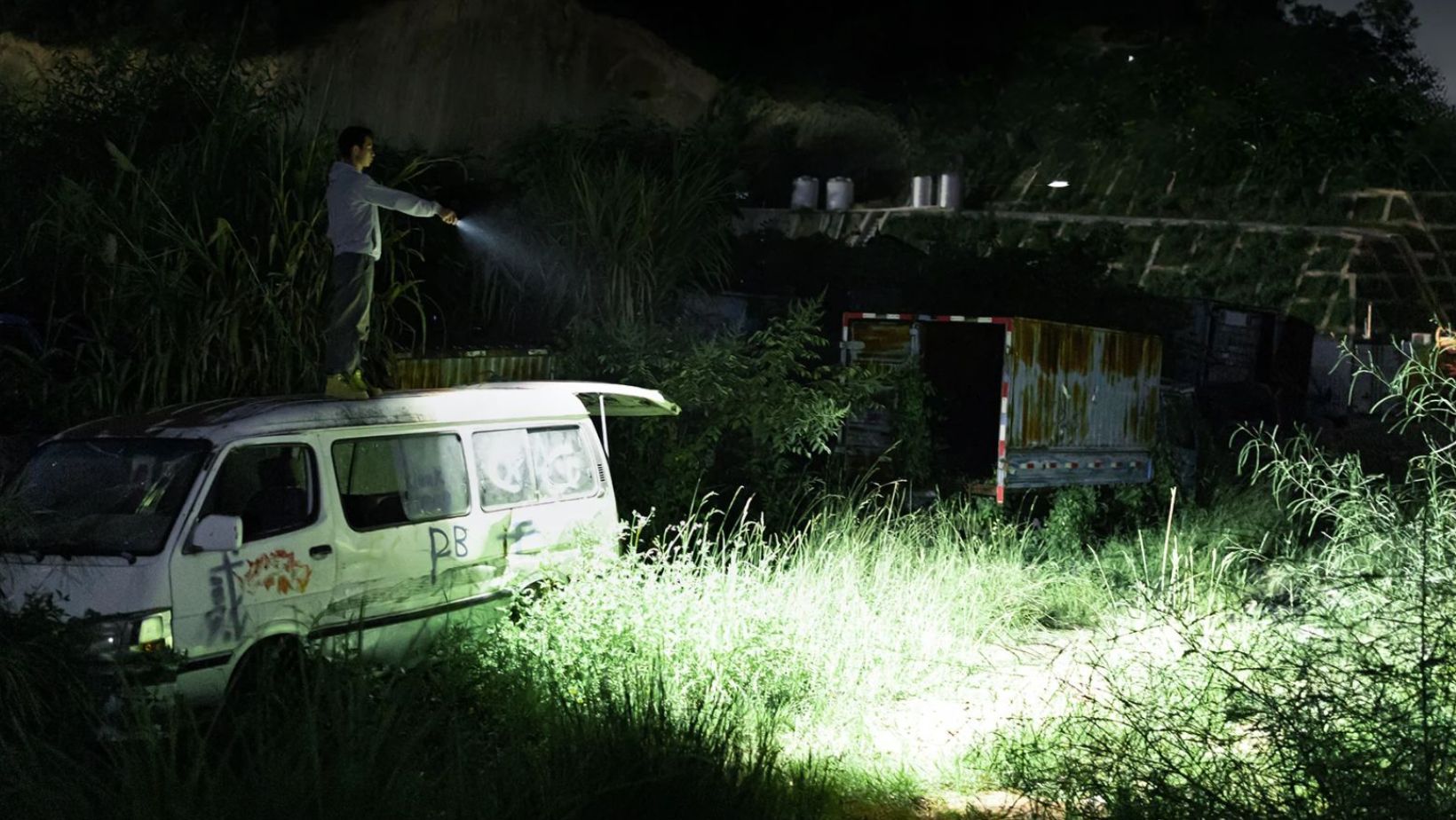Exploring the beauty of the great outdoors can be a fantastic adventure but as the night reaches your campsite the need for a reliable light source becomes undeniable. Whether you are using it to make your way back to your tent or for a peaceful evening and reading stories, a good camping flashlight is a necessity. For those inexperienced with camping, picking the right torch might seem to be just as confusing as navigating through a dark forest at night. So, here is a comprehensive guide for you, to help you choose the most suitable camping flashlight.
Things to Consider When Buying Your First Camping Flashlight
Understanding Brightness Levels
Lumens describe the amount of light a torch or flashlight generates. As for camping, a range of about 20–1000 lumens should work. If you just need to read in your tent or go outside and find your way to the basics, a lower count will be enough. If you need to follow the trail or attract attention at night, extra lumens will be fine.
Assessing Beam Type
Different kinds of beams – flood or spot – are possible for flashlights. The former kind is appropriate for general tasks like camping or walking at night. Meanwhile, the latter is fully concentrated and will be more applicable if one prefers watching something in the distance. Flashlights with adjustable beams would be very useful because you can switch between flood and spot, depending on the situation.
Size and Weight
One cannot do without lighting when camping, however, the majority of large and heavy flashlights are not an option for a backpacker. In this case, compact flashlights or headlamps would be excellent options. They are almost always sufficient in output and very easy to pack.
Power Source Options
There are several power sources that camping flashlights may come with, which are disposable batteries, rechargeable batteries, and hand-crank. Although one may argue that dispose batteries are convenient, they are usually not the best solution, as in the long run, they will lead to more waste and unnecessary costs. In this connection, even though rechargeable flashlights may be more expensive, they are the most cost-effective and sustainable source of power in the long run, which makes them a reasonable solution that is worth the initial cost.
Durability
In harsh and unpredictable outdoor environments, your flashlight should be able to withstand all of that. Make it impossible to break or damage your flashlight by adding the necessary components. The body of your flashlight should really be made from the toughest man-made materials available, and there are no exceptions. Go for the aircraft-grade aluminum or reinforced plastic to guarantee that your equipment will come out of any drop or weather throughout the adventure.
Additional Features
Modern flashlights come with numerous additional features that could be beneficial:
- Multiple light modes (low, medium, high, strobe, SOS)
- Zoomable focus
- Red light mode (to preserve night vision)
- Built-in USB charging ports
- Battery life indicators
Decide what features will be beneficial for your camping experience and aim to find a balance between functionality and simplicity.
Conclusion
Buying a flashlight for camping is a good step to becoming a prepared and responsible camper. If you consider aspects that include brightness, beam type, power source, size, extra features, and price, you will make your way to a series of fun and safe camping trips. Keep in mind, however, that the best flashlight is not necessarily the one with the most fan features but the one that consistently suits the purpose when the sun goes down.

